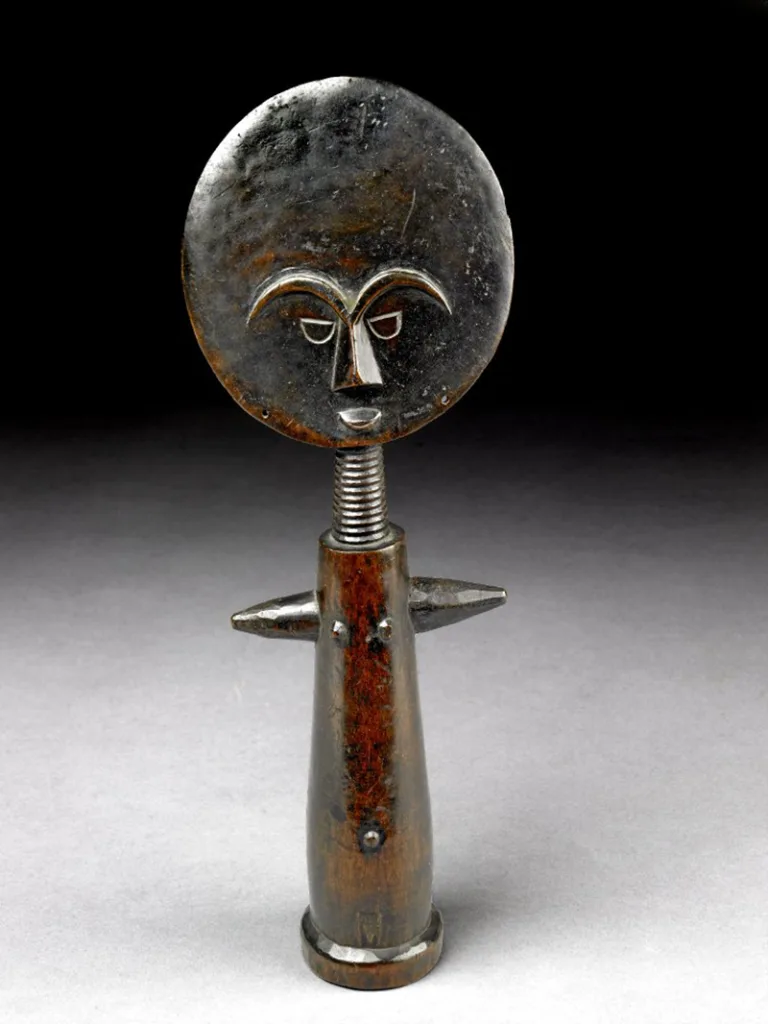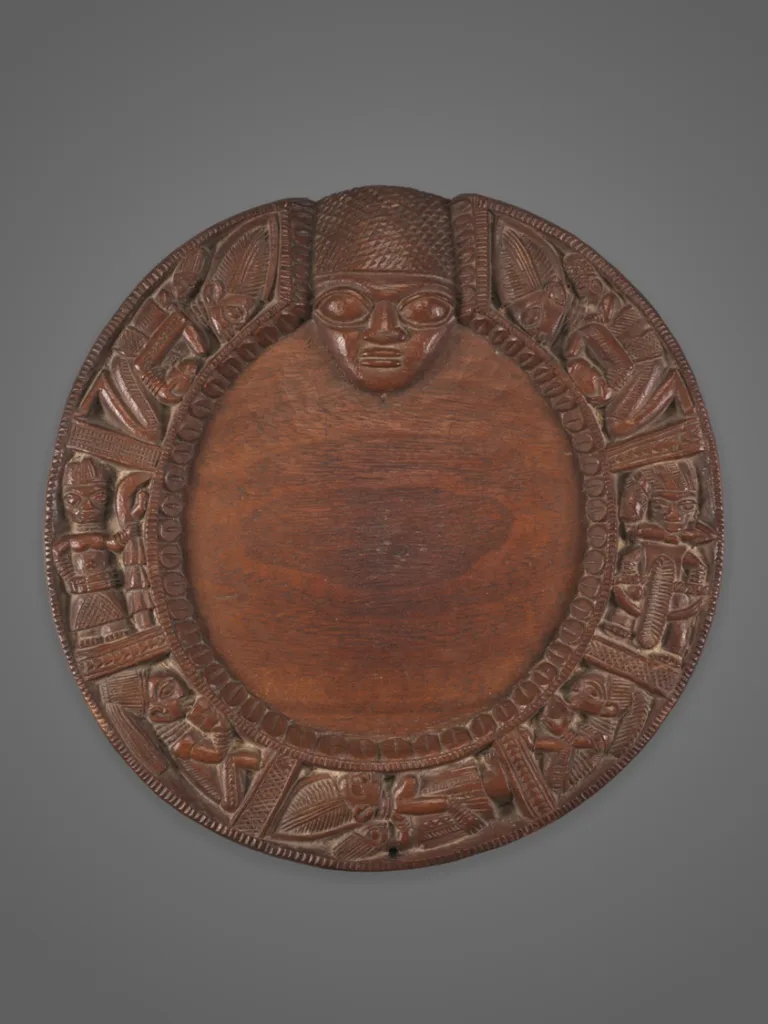Art and religion in traditional African societies are intertwined like the two complementary forces of Yin and Yang. Unlike the general nature of art in the west, most traditional African art finds its existence rooted in religion, utility and functionalism.
Westerners who encountered traditional African art during the colonial period could not quite place its various forms into the boxes of categories they were familiar with. Erroneously, they gave it a wide net tag of “primitivity” and deemed it idolatry and paganism. This discriminatory and snobbish view was a product of a gap in their understanding of the context of African art.
In traditional African societies, the limited western definition of art can not suffice. Traditional African art can not be limited to a tangible object. It is the co-mingling of different aspects of the society. Like the Igbos say, “You do not stand in one place to watch a masquerade.” This is precisely the case with traditional African art.
One consistent theme across African societies is a sense of community and communal living. Within these communities, the people usually had a strong connection with the supernatural and embraced spirituality. Their spirituality translated into religious activities, ceremonies and rites. Consequently, an individual’s artistic expression more often than not drew inspiration from these interrelated customs.
Sculptures as Tangible Manifestations of Spiritual Beings
While paintings abound in western art, traditional African art mostly features 3D sculptures and figures. For some societies like the Yoruba people of Nigeria and their “Orikis,” the sculptures represent ancestors and are a celebration of their lineage.
The Dogon people of Mali made Dogon sculptures in line with their religious traditions. Marked by their elongated forms and geometrically-shaped figures, these Dogon sculptures were not typically made to be displayed in public. They held symbolic meanings peculiar to the specific families that owned them and were placed on ancestral altars. These sculptures served as a link to their gods and ancestors.
Masks and Masquerades as Vital Parts of Rituals, Festivals and Ceremonies
In the west, masks are synonymous with concealment and mystification. However, in African societies, masks were the medium through which spiritual beings revealed themselves to the people. The spirits were believed to inhabit the body of the mask wearer during masquerade performances. Through the wearer, they shared their wisdom with the people. The masks came in different varieties/types depending on their use.
For instance, the Fang people in Gabon employed the use of Ngil masks to embark on witch hunts. Also, the Dogon of Mali used masks to expel the souls of the freshly dead.
Religious Art Objects
In Ghana, pregnant Asante/Ashanti women carry the Akua’ba doll (a portrayal of their beauty standard) as a fertility charm. This is to ensure that the pregnant woman successfully delivers a beautiful baby. Similarly, the Asante mark their graves with terracotta figures with the same disk-like form of the Akua’ba dolls.
The “Ifa” divination system of the Yoruba people employs the use of “opon ifa” (divination trays) and “ikin” (palm nuts). These objects have intricate carvings of symbols on them. They are used for rituals and religious rites to invoke divine forces.
These different visual forms of art together with other artistic expressions like music and dance translate into art as a verb in traditional African societies. Within the religious rites, rituals, ceremonies and festivals, art found expression in many forms. Altogether, the striking relationship between art and religion in traditional societies is more than evident.






